



| Sustaining the natural plant and animal life on the site is an important factor in every step of the new facility construction. In fact, the first official activity of the construction is a "plant rescue" — where volunteers preserve vegetation by moving plants to new homes. | |
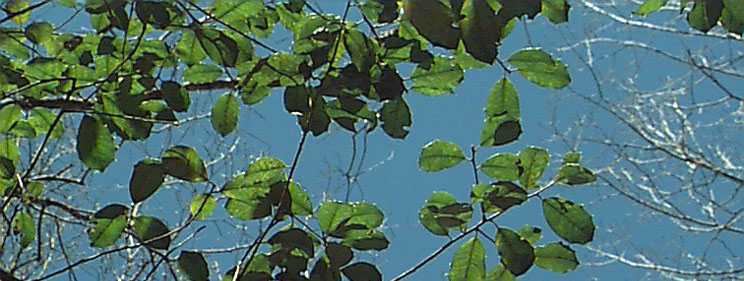 |
|
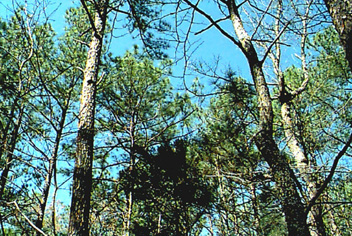 |
 |
| Where now there are deep woods, there was once cleared land. Even in the winter it is difficult to see through the canopy of second growth pines and hardwoods on the project site. Soon, however, the bulldozers will arrive and the clearing for the new EPA facility project will begin. Throughout the design process, the negative impact of the project on the environment has been kept to a minimum. This will continue through the construction period as well. While it will be necessary to remove parts of these woods to make room for the new roads and buildings, the "footprint" will remain small. As a result, most of the value of the ecosystem will remain. | Portions of the site are deeply dissected with ravines and gullies, long since re-forested, which were caused when the site was cleared for agriculture. Rainfall runoff increased dramatically, as once forested lands were cleared and all year-round vegetative cover was removed. Water that once soaked in ran off and eroded the unprotected topsoil. These gullies were carved during such events, and the eroded soil has long since been redeposited downstream. After farming and grazing ceased, the land naturally re- vegetated, which gave way through plant succession to the forest we see today. No longer vulnerable to erosion, the old topography remains as a stark reminder of man's past use and abuse. |
 |
|
| A small creek flows through the site, from the lake north to Burden's Creek. In the creek's floodplain grow a wondrous assortment of wild flowers and shrubs, which will be the main focus of the plant rescues. This photograph, taken in early spring, shows little sign of the green carpet of the forest floor which has exploded into view with the coming of warm weather. | |
 |
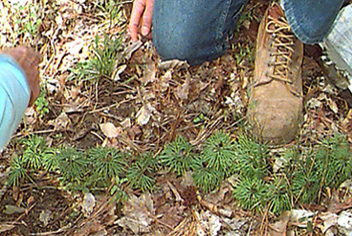 |
| The site is truly a "frondly" place to work. The native Christmas fern is a wonderful evergreen fern found growing wild in the woods throughout the piedmont, and the EPA facility site is no exception. Plants display attractive green fronds, which unfurl from "fiddleheads" in the spring. These plants transplant easily and are rarely found in the nursery trade. | Running cedar is one of the few plants which thrive on the forest floor in the deep shade of pines. This plant is slow to re-colonize disturbed areas, and is correspondingly difficult to transplant. Although some will be destroyed when the site is cleared, large expanses beyond the limits of disturbance will remain preserved. |
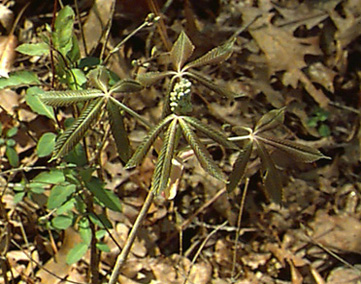 |
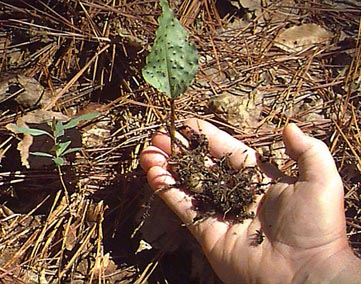 |
| One of the earliest shrubs to flower in the spring is the buckeye, here photographed in full bud. These green buds will enlarge and open to 2" long white tubular flowers, pollinated by the early returning migratory hummingbirds. The palmate leaves, like the spread fingers of the hand, remain attractive throughout the year. | This is a "cranefly" orchid, one of many small terrestrial orchids found growing throughout the site. In the summer, the solitary leaf dies and the plant sends up a flowering stalk. The individual spurred flowers look like crippled craneflies, those large mosquito-like insects. Although these plants are common, they are not available in the nursery trade. |
OARM-RTP/IRMD
Last Updated on